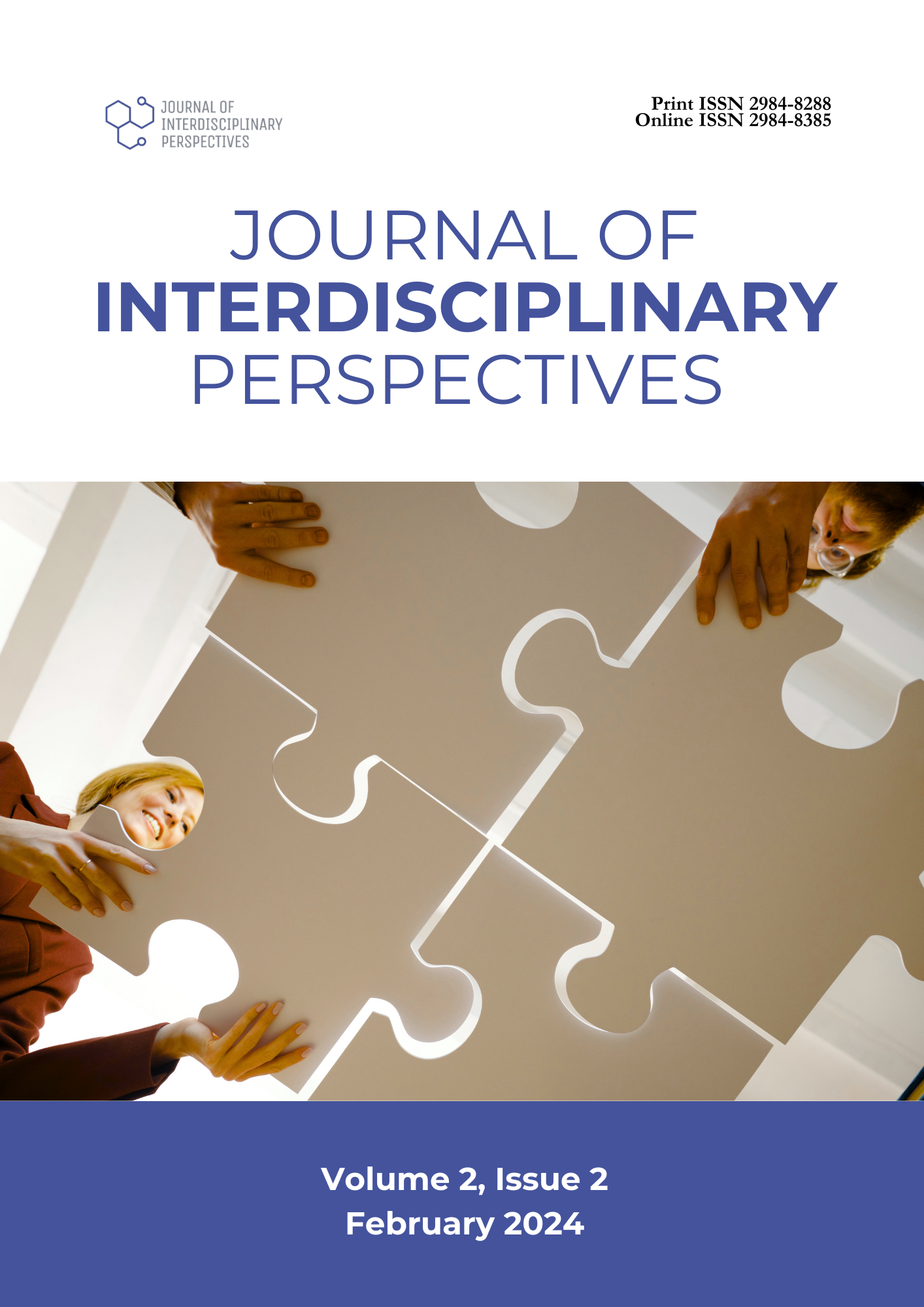Perspectives of College Students on the Filipino Rescue Mission to the Jews
DOI:
https://doi.org/10.69569/jip.2024.0022Keywords:
Perspectives, Point of view, Thematic analysis, Empathy, Sense-makingAbstract
This research explored the participant’s sensemaking capacity using their written narratives on the documentary on the Filipino rescue mission to the Jews during the Nazi holocaust. The study used the framework point of view (POV) and perspective as these two are considered the main cognitive processes that help shape a person’s narrative. Through the lenses of POV, the research sought how the participants positioned themselves to understand the character’s stance in the documentary and the type of POV they used as a point of angle in writing their narrative. More than organizing their thoughts, the concept of perspective gave a background of how the participants attached personal meanings to the character’s story during the rescue mission, and weaved these to draw their interpretations of this historical event. The study, with 37 participants, applied frequency counting, percentage calculation, and thematic analysis for the data analysis. The findings revealed that participants primarily used the first-person POV as a point of angle to express their thoughts about the rescue mission. On the other hand, their narratives revealed different themes that emphasize how Filipinos accepted the Jews, the endearing Filipino trait that surpasses hospitality, the humanitarian legacy etched in history by President Manuel Quezon, and their reflections on the event which most of the participants does not know about. The study also highlights the importance of incorporating emotional cues to effectively shape the writer’s perspective in a narrative to vivify not only the understanding of historical events but also the personal meanings the writer attaches to them.
Downloads
References
Abramson, A. (2021). Cultivating empathy. Monitor on Psychology, 52(8). https://www.apa.org/monitor/2021/11/feature-cultivating-empathy
Adamson, S. (2001). The rise and fall of empathetic narrative: A historical perspective on perspective. In: van Peer W and Chatman SB (eds) New Perspectives on Narrative Perspective. Albany, NY: State University of New York Press, pp. 83–99.
Al-Alami, S. (2019). Point of view in narrative. Theory and practice in language studies. Vol. 9(8): pp. 911-916.
Albright, Z. & Langan, J. (2023). College writing skills with readings (11th ed.). New York: McGraw Hill, ISBN10: 1264307012 | ISBN13: 9781264307012
Cabrera D, Cabrera L, Cabrera E. (2022). Perspectives Organize Information in Mind and Nature: Empirical Findings of Point-View Perspective (P) in Cognitive and Material Complexity. Systems. 2022; 10(3):52. https://doi.org/10.3390/systems10030052
Calvard, T., Cherlin, E., Brewster, A., & Curry, L. (2023). Building Perspective-Taking as an Organizational Capability: A Change Intervention in a Health Care Setting. Journal of Management Inquiry, 32(1), 35 49. https://doi.org/10.1177/10564926211039014
Chen, M. & Bell, R. (2022) A meta-analysis of the impact of point of view on narrative processing and persuasion in health messaging, Psychology & Health, 37:5, 545-562, DOI: 10.1080/08870446.2021.1894331
Chen, W. (2022). An analysis of the effects of the english language and literature on students’ language ability from a multidimensional environment. Journal of Environmental and Public Health, 2022, 1–9. https://doi.org/10.1155/2022/3225096
De Greck, M., Wang, G., Yang, X., Wang, X., Northoff, G., & Han, S. (2012). Neural substrates underlying intentional empathy. SCAN, 7, 135-144. doi:10.1093/scan/nsq093
Erkinov, S. (2022). Study on Linguophilosophy of the Past and Present. Journal of Positive Psychology, 6. http://journalppw.com
Fernandez-Quintanilla, C. (2020). Textual and reader factors in narrative empathy: An empirical reader response study using focus groups. Language and Literature, 29(2), 124–146. https://doi.org/10.1177/0963947020927134.
Harari, Y.N. (2015). Sapiens: A brief history of humankind. London: Vintage Books.
Johnson, B. & Mullen, C. (2007). Write to the top: How to become a prolific academic. Palgrave McMillan.
Macaranas, J. & Macaranas, B. (2018). A PHILOSOPHICAL REVIEW OF FILIPINO VALUES: AMBIVALENT VALUES.
Nieman, S. (2023). Thematic analysis: A practical guide. Qualitative Social Work, 22(3), 606-608. https://doi.org/10.1177/14733250231170275
Ntinda, K. (2019). Narrative Research. In Pranee Liamputtong (ed.), Handbook of Research Methods in Health Social Sciences. Springer Singapore. pp. 411-423.
Pe-Pua, R., & Protacio-Marcelino, E. A. (2000). Sikolohiyang Pilipino (Filipino psychology): A legacy of Virgilio G. Enriquez. Asian Journal of Social Psychology, 3(1), 49–71. https://doi.org/10.1111/1467-839x.00054
Ranade, P., Dey, S., Joshi, A., & Finin, T. (2022). Computational understanding of narratives: A survey. IEEE Access, 10, 101575–101594. https://doi.org/10.1109/ACCESS.2022.3205314
Saliya, C. A. (2023). Research philosophy: Paradigms, world views, perspectives, and theories. In C. A. Saliya (Ed.), Advances in Knowledge Acquisition, Transfer, and Management (pp. 35–51). IGI Global. https://doi.org/10.4018/978-1-6684-6859-3.ch004
Wolgast, A., Tandler, N., Harrison, L., & Umlauft, S. (2020). Adults’ dispositional and situational perspective-taking: A systematic review. Educational Psychology Review, 32(2), 353–389. https://doi.org/10.1007/s10648-019-09507-y
Wang, X. (2021). Narratological and Stylistic Analysis of Point of View in Faulkner’s “A Rose for Emily”. English Language, Literature & Culture. 6. 91. 10.11648/j.ellc.20210603.16.
Downloads
Published
How to Cite
Issue
Section
License
Copyright (c) 2025 Journal of Interdisciplinary Perspectives

This work is licensed under a Creative Commons Attribution-NonCommercial 4.0 International License.









